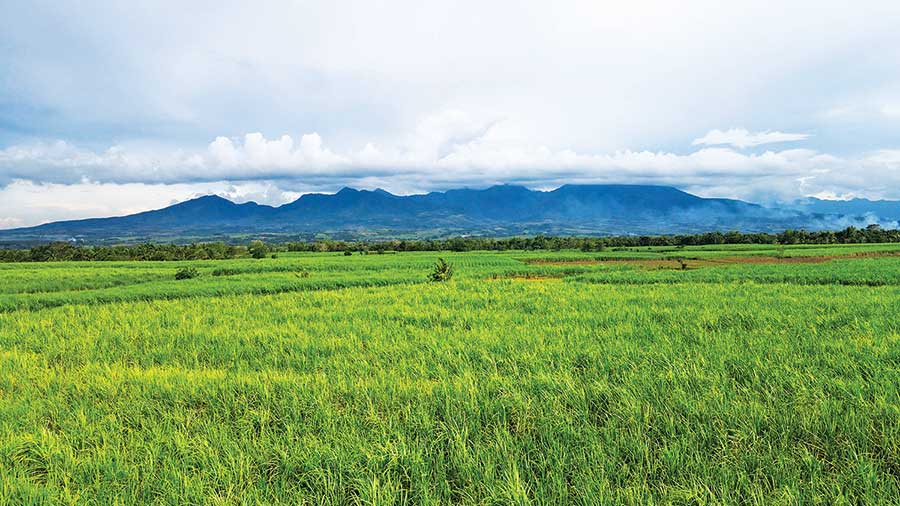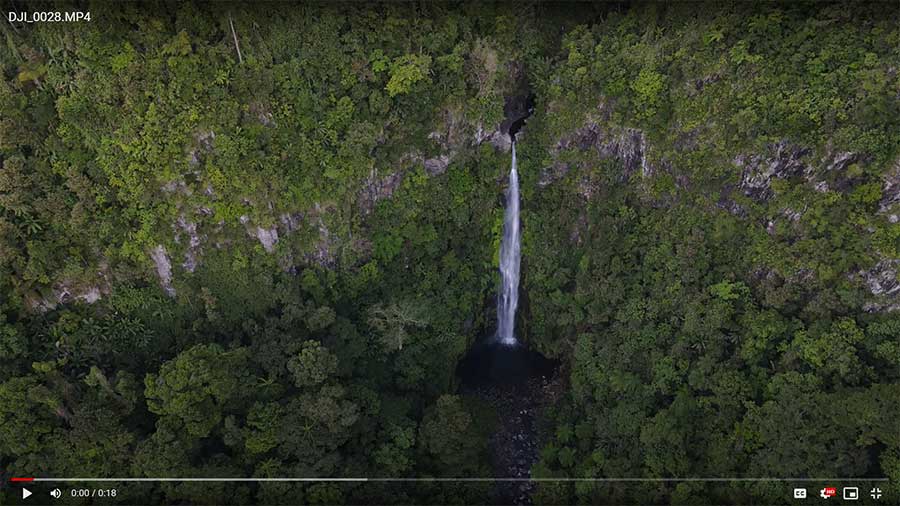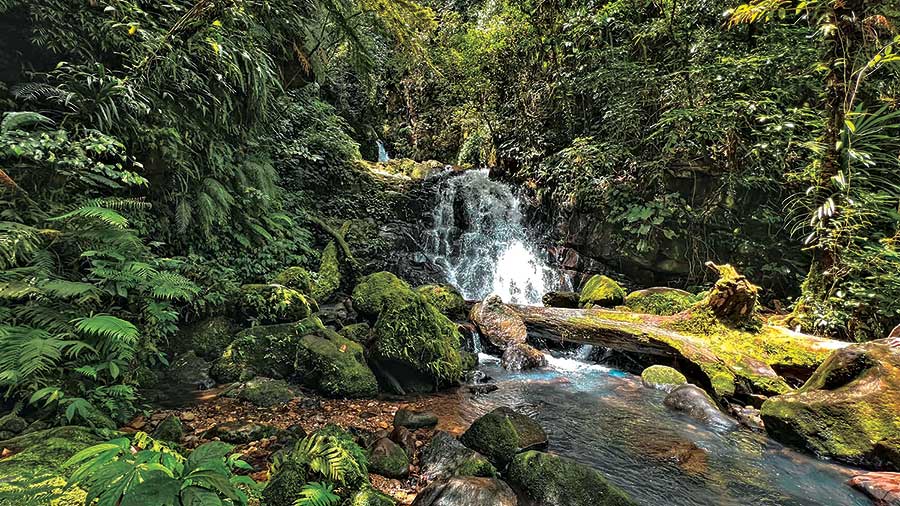Negros Island is the fourth biggest island in the Philippines archipelago divided in two provinces, the Negros Oriental located in Region VII, and Negros Occidental in Region VI.
Negros Occidental has 13 cities and 18 municipalities. It was known as the “Sugar Capital” and aims to be the Organic Food Bowl of Asia.
The province is blessed with many sweet things –delicacy, smiles, beaches and mountains.
Located in the northern part of the island, the Northern Negros Natural Park (NNNP) was proclaimed as a Protected Area (PA) by virtue of Presidential Proclamation No. 895, signed by then President Gloria Macapagal-Arroyo pursuant to Republic Act (RA) 7586 or the National Integrated Protected Areas System (NIPAS) Act.
NNNP has a total area of 70, 826.16 hectares and covers eleven (11) local government units, namely: municipalities of Murcia, Don Salvador Benedicto, E.B. Magalona, Toboso and Calatrava, and cities of Talisay, Silay, Victorias, Cadiz, Sagay and San Carlos.
NNNP is the stronghold for both flora and faunas and is home to threatened endemic species including the endangered Negros bleeding-heart pigeon (Gallicolumba keayi), Rufous-headed hornbill (Rhabdotorrhinus waldeni), Visayan warty pig (cebifrons), Visayan spotted deer (Rusa alfredi).
It is now being managed by the Protected Area Management Board (PAMB) chaired by the Department of Environment and Natural Resources (DENR) Regional Office 6 with other government agencies and stakeholders as members.
Even though NNNP is an important haven for those endangered and vulnerable species, it has withstood a lot of challenges to become what it is today.
“The problem before is the intrusion of illegal settlers and illegal structures here in NNNP, but now with the help of our PAMB and the partner LGUs, we have gradually addressed the problem, in accordance with the general management plan of the area,” said Engr. Joan Nathaniel F. Gerengaya, DENR 6–PENR Officer in Negros Occidental.
“In the past, the mountains here are almost barren because of careless action of the community, even the government before paid little attention too. But now, we are thankful for the office of NNNP here, it really helped us protect our natural resources,” Judy Rebatado, Bukidnon Tribe member of Don Salvador Benedicto, said during the interview.
Considered as the lung center of Negros Occidental, the NNNP improves the quality of air and become the protector of the island by reducing the storm water runoff, which reduces erosion and pollution. Aside from that, the NNNP offers a number of eco-tourism areas to include Gawahon Eco-park, Malatan-og Falls, Pulang Tubig Falls, Malisbog Falls, Mayana Peak and many other trails and falls to visit.
“NNNP is a forestland we consider as our last frontier. It is our source of water, but our forest cover is now decreasing. It is not only our problem but of the whole Philippines as well. Of course it affects us –the climate change and global warming. So, we need to plant more trees, make sure they grow and thrive,” said Lara Ann Garcia Victorias, City ENR Officer.
The DENR 6 is encouraging the public to be more vigilant of their activities that may affect the environment, especially of our forests because they are considered as the “lungs of the earth” and home of different flora and fauna species.
“Primarily, the protection, conservation, and sustainable development of our remaining forest ecosystem are actually our solid commitment between God and the people. The DENR, including our allies, has the primary obligation and we are already committed to defend and protect NNNP against any trace of violations,” said DENR 6 Regional Executive Director (RED) Livino B. Duran.
“What we really wanted to do is to continue the crusade of what we are doing. As we always said, this is not just for us but to pass to the next generations to come. We cannot allow that they will suffer the same fate. So, let us all take steps to improve our environment and natural resources,” RED Duran’s concluding statement. (DENR-6)

























